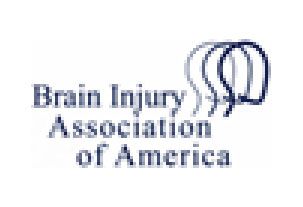The risk of birth defects seems to be twice as high in babies conceived via fertility treatment, versus babies conceived naturally, writes Reuters, citing French scientists. Researchers say physicians should warn potential parents of the risk of birth abnormalities when assisted reproductive technology (ART) treatment is used.
ART includes a variety of infertility treatment methods such as vitro fertilization (IVF) and intracytoplasmic sperm injection (ICSI), said Reuters. “We found a major congenital malformation in 4.24 percent of the (ART) children,” said clinical geneticist Geraldine Viot, of the Maternity Port Royal hospital in Paris, quoted Reuters. Viot’s findings were presented to a conference of the European Society of Human Genetics in Stockholm. According to Viot, the incidence of malformation is twice the rate seen in the general population.
Viot’s team surveyed 33 French fertility clinics and reviewed data from all ART births from 2003 to 2007 for a total of 15,162 children, said Reuters. Both parents and the pediatricians completed questionnaires; the incidents of birth abnormalities were compared to national register data. An increased rate of heart problems was seen in ART babies as were urinary and reproductive system abnormalities, especially in boys, said Reuters. Minor defects included a five-fold increase in angioma—benign tumors comprised of small blood vessels on or near the skin’s surface—and were seen twice as much in girls versus boys, said Reuters.
In France, to date, said Viot, about 200,000 children were born after AFT, meaning that abnormality rates should be viewed as “a public health issue … it is important that all doctors and also politicians are informed about this …. We also need to follow up all children born after ART and to put much more effort into trying to understand which of the procedures involved is implicated in this problem,” quoted Reuters.
In IVF, an egg is fertilized by sperm in a lab; ICSI involves fertilization of an egg via injection of a single sperm, noted Reuters. ICSI has long been the main method used to overcome male infertility, and its use is on the rise. If successful fertilization occurs, the embryo is then placed into the female via IVF treatment. Fertilization rates—which are not the same as pregnancy rates—are relatively high when ICSI is employed.
“Given that our study is the largest to date, we think that our data are … likely to be statistically representative of the true picture,” Viot said, quoted Reuters. Viot said she believes French fertility clinic doctors were only advising parents about the risks when asked, said Reuters.
Earlier this year we wrote, citing Reuters, that women who undergo IVF or ICSI and who become pregnant, experience an increased risk of giving birth to a stillborn baby, according to Danish scientists. In 2008, we wrote that Chinese researchers reported that the use of IVF or ICSI to conceive appears to increase the odds of Y-chromosome defects or “microdeletions” in male offspring, meaning that chromosomal defects, or deletions, could result in defective sperm production and possibly hypospadias, a congenital malformation of the male sex organs in which the urinary outlet, or urethra, does not open through the glans of the penis, but develops on the penis’ underside.
Prior research linked ARTs with low birth weight, pre-term delivery, cerebral palsy, and major birth defects. Because of this, some researchers believe that such therapies may prompt gene mutations.
Reuters said that a 2009 study revealed that babies born worldwide via ART increased to 246,000 annually in 2002 from 219,000 in 2000.













